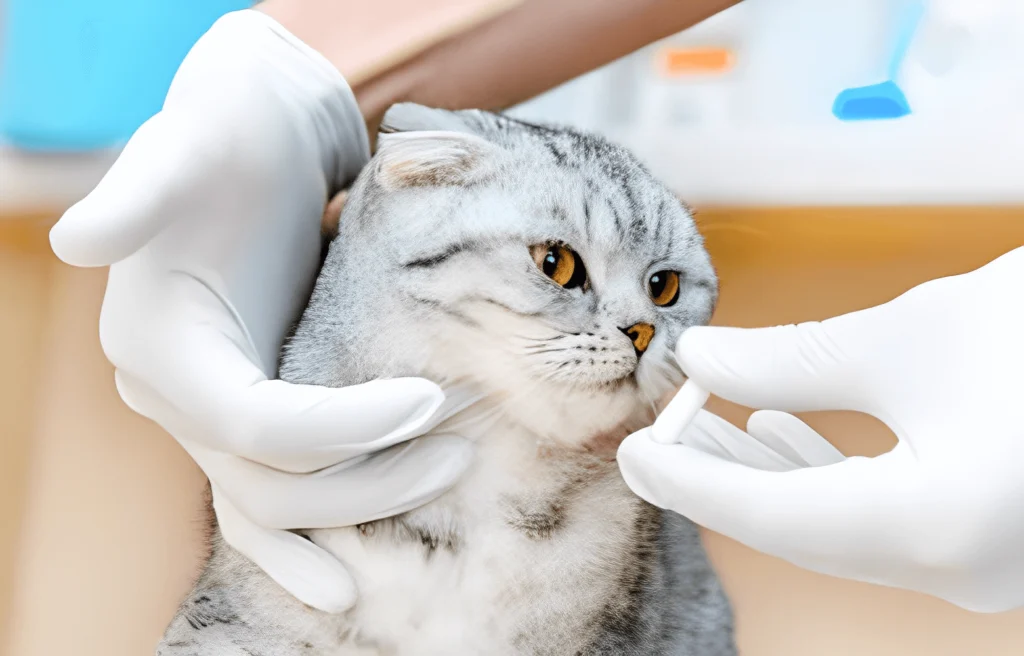As a loyal pet owner, protecting the health of your pet, whether they have fur, feathers, or scales, is of utmost importance. Following this Guide to Preventing Diseases helps ensure you take all the necessary steps that form the foundation of responsible pet care. Adhering to these measures will significantly increase happiness and vitality and allow your beloved pet to live a full and healthy life.
1. Regular Veterinary Exams:
The Foundation of Health Regular visits to your veterinarian are important to keep your pet healthy. These visits not only allow for timely vaccinations but also allow for early detection of potential health problems. Your veterinarian will provide you with personalized advice to ensure your pet’s individual health needs are met.
2. Vaccination:
Protect against preventable diseases by keeping your pet’s vaccinations up to date as recommended by your veterinarian. As highlighted in our Guide to Preventing Diseases, vaccines play an important role in strengthening your pet’s immune system against various infections common to the species.
3. Nutrition:
The path to preventive care includes regular grooming such as bathing, brushing, nail clipping, and dental care. As emphasized in the Guide to Preventing Diseases, these practices not only keep your pet looking good but also help prevent infections and skin problems.
4. Care and Hygiene:
Protect against preventable diseases by keeping your pet’s vaccinations up to date as recommended by your veterinarian. As highlighted in our Guide to Preventing Diseases, vaccines play an important role in strengthening your pet’s immune system against various infections common to the species.

5. Physical Activity and Mental Stimulation:
Keep yourself busy. Regular exercise is essential for your pet’s physical fitness and mental health. Participate in species-appropriate activities to prevent obesity and promote a healthy lifestyle.
6. Home Safety:
Creating a Pet-Friendly Environment Make sure your living space is safe for your pet. Eliminate hazards, secure fences, and keep toxic materials out of reach. Creating a safe environment minimizes the risk of accidents and health complications.
7. Parasite Prevention:
Protection from invaders is essential. Protect your pet from parasites such as fleas, ticks, and insects. As outlined in the Guide to Preventing Diseases, regular preventive treatments recommended by your veterinarian can effectively prevent these nuisances.
8. Behavioral Training and Socialization:
Strengthen bonds Proper training and socialization not only prevents problem behavior but also promotes a stronger bond between owner and pet. Reduces stress and contributes to overall health.
9. Be Alert and Act Quickly:
Early detection is key Please carefully monitor your pet’s behavior, eating habits, and physical condition. If you notice any abnormalities, please consult a veterinarian immediately.
10. Introducing New Friends:
A step-by-step approach is essential. When introducing a new pet, consider acclimating your pet in stages and quarantining it to prevent the spread of potential disease. A veterinary examination of the new arrival is very important before full integration. By following the Guide to Preventing Diseases, you will be proactively protecting your pet’s health. Consistently applying these habits will not only protect you from disease but also contribute to the vibrant and enjoyable lives of your beloved animals.
